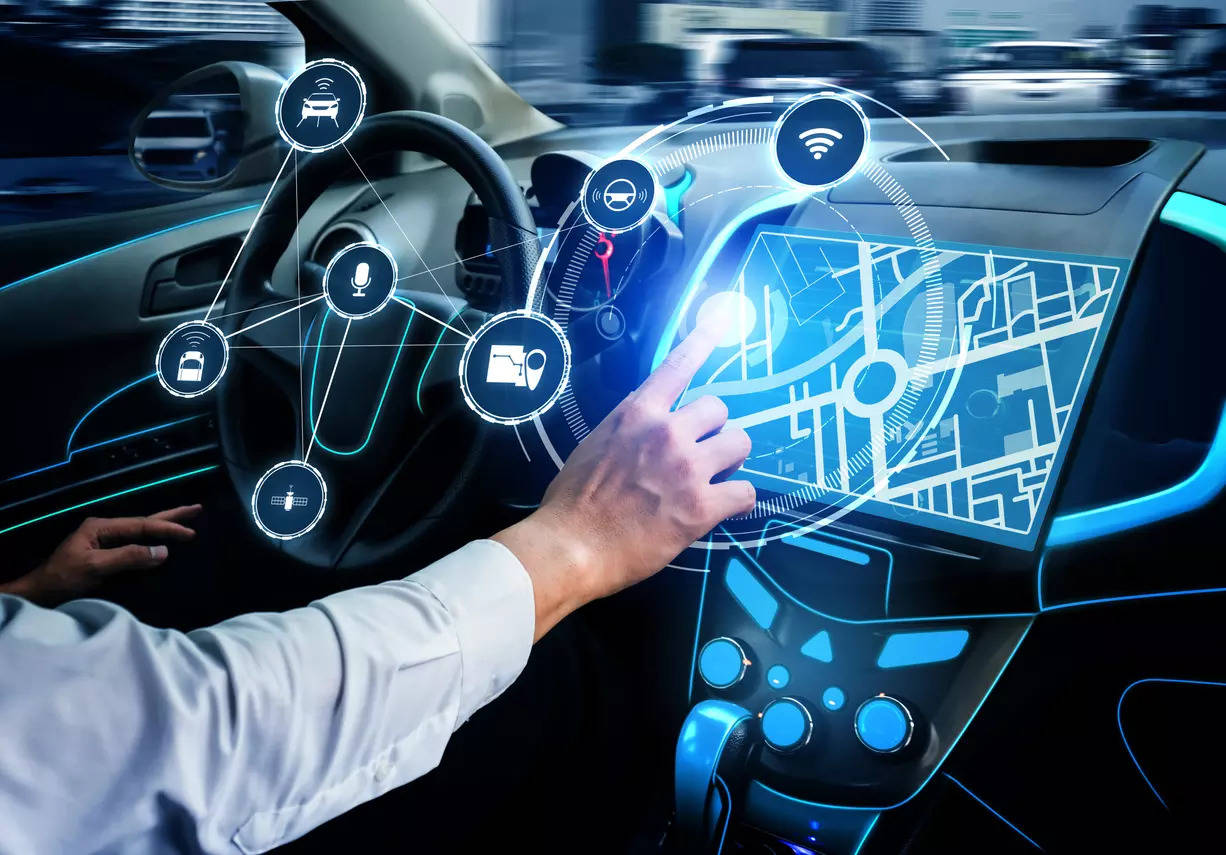
New Delhi: In the rapidly evolving landscape of connected cars, EY, a global leader in assurance, tax, transaction, and advisory services, released a comprehensive report titled “Cyber securing connected cars 2.0; Navigating opportunities and risks in the digital era” at the ETAuto Connected Vehicle Summit ’24. The report sheds light on the transformative journey of the automotive industry towards in-car connectivity, emphasizing the pivotal role of stakeholders in ensuring a secure and innovative future.Stakeholder Benefit: Enhancing the Connected Car Experience
This section of the report underscores the positive impact of connected cars on consumers. The benefits include a reduction in range anxiety, safety improvements through Advanced Driver Assistance Systems (ADAS) for crash avoidance, and telematics for tracking insurance and efficiency. These features aim to create a seamless and secure in-car technology experience for users.
However, the report doesn’t shy away from addressing the elephant in the room – cybersecurity. With the increasing connectivity between vehicles, infrastructure, and humans, the risk of cyber threats becomes paramount. EY emphasizes the collective responsibility of all stakeholders, including Original Equipment Manufacturers (OEMs), regulators, component suppliers, insurance companies, and consumers, to prioritize cybersecurity and safeguard the connected world.
Som Kapoor, Partner at EY Future of Mobility, said, “Connected car mobility marks one of the most ground-breaking opportunities. However, it introduces a unique challenge for OEMs – the necessity to innovate and conceptualize new business models. Success in this evolving landscape lies in effectively monetizing connected services and unlocking sustainable revenue streams.”
EY outlines potential revenue streams for stakeholders, categorizing them into unpaid basic packages and paid add-on packages. Unpaid packages include essential vehicle information, convenience features, warnings, company app downloads, and OEM chat connects. On the other hand, paid add-on packages encompass offerings such as an OEM music store, engine diagnostic systems, advanced safety and security packages, service information packages, language packages, and more.
Two insightful case studies explore the impact of connected technology. The first delves into electric vehicles (EVs) and how connected features can alleviate range anxiety by providing real-time information about charging infrastructure and timely alerts. The second case study focuses on connected dashcams, illustrating how they can revolutionize post-collision scenarios by providing push alert notifications, geo-coordinates, and event videos to insurance companies, emergency services, and the driver’s family.
The report highlights the role of telematics in claims, providing real-time data transmission on location, motion, speed, VIN number, acceleration, force of impact, and external environment conditions. Telematics not only enhances customer protection by reducing underwriting and claim fraud but also streamlines the claims process, providing a more holistic protection cover for customers in cases of theft, accidents, and breakdowns.
UBI and Connected Dashcam integration
EY suggests managing customer needs through core offerings, including Usage-Based Insurance (UBI) for individual and business needs. The integration of connected dashcams enhances risk selection, providing continuous improvement in capturing and analyzing driving behavior. The report encourages insurers to innovate their product offerings by providing value-added services, thereby increasing revenue, profitability, and customer retention.
The key takeaway is the emphasis on collaboration, innovation, and cybersecurity to ensure a safe and thriving future for connected vehicle

















